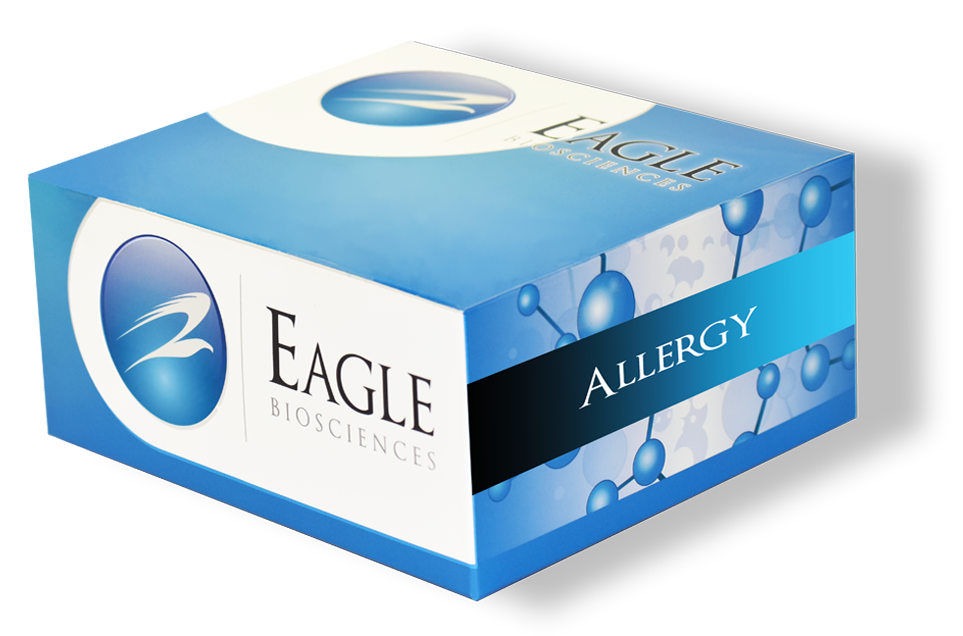The Anti-IgE Receptor (FcεR1α) Autoantibody ELISA Kit is a specialized diagnostic tool designed to detect circulating autoantibodies against the high-affinity IgE receptor FcεR1α in human serum or plasma. These autoantibodies are commonly associated with chronic spontaneous urticaria (CSU), a skin condition marked by the recurrent appearance of red, itchy wheals without an identifiable external allergen trigger. Although CSU presents symptoms similar to acute urticaria, its underlying pathogenesis differs and remains incompletely understood. Research indicates that 30–60% of CSU patients produce anti-FcεR1α autoantibodies, primarily of the IgG class, with a smaller percentage also exhibiting anti-IgE autoantibodies.
In clinical settings, the detection of anti-FcεR1α antibodies helps identify an autoimmune subset of CSU, aiding in diagnosis and potentially guiding treatment strategies. Patients with autoimmune CSU may respond differently to therapies, and knowing their autoantibody profile can influence the selection of immunomodulatory or biologic interventions. By quantifying the presence of these autoantibodies, clinicians can better understand the etiology of the disease in individual patients and monitor response to targeted therapies.
In research, the Anti-IgE Receptor Autoantibody ELISA Kit supports investigations into the autoimmune mechanisms underlying CSU. It enables the characterization of disease subtypes, supports biomarker discovery, and contributes to the evaluation of novel therapeutic approaches targeting immune dysfunction. As understanding of CSU evolves, tools like this ELISA kit play an essential role in advancing both diagnostic precision and therapeutic development.
This product is manufactured in USA by Eagle Biosciences.

